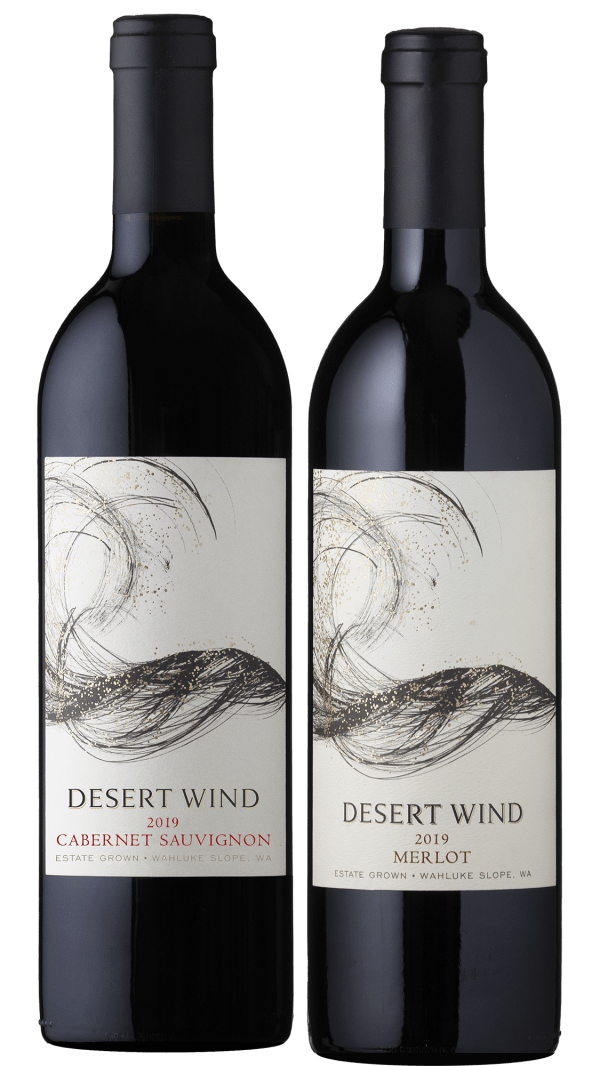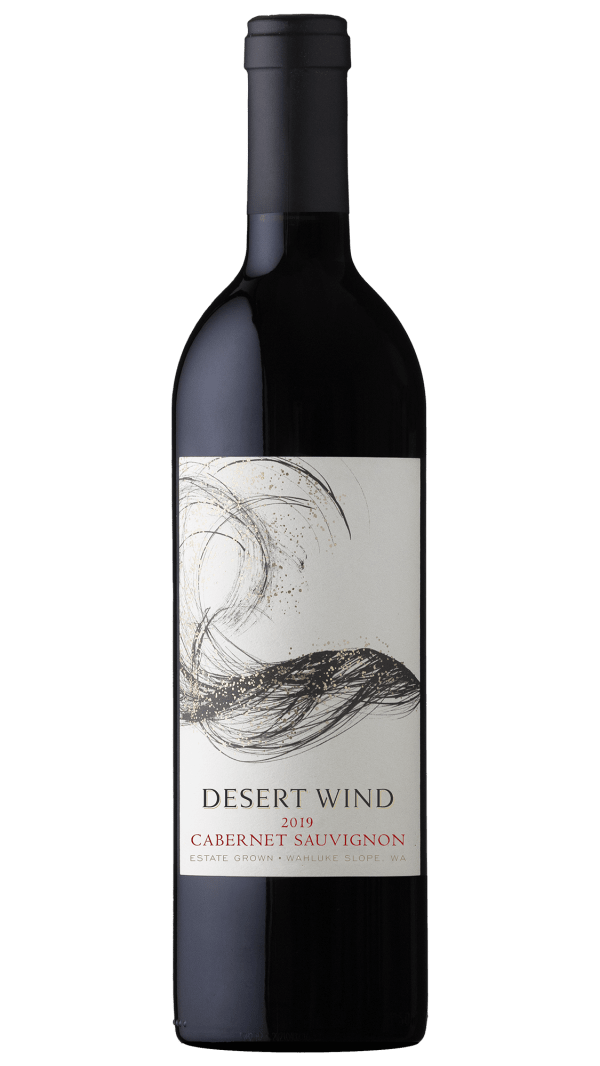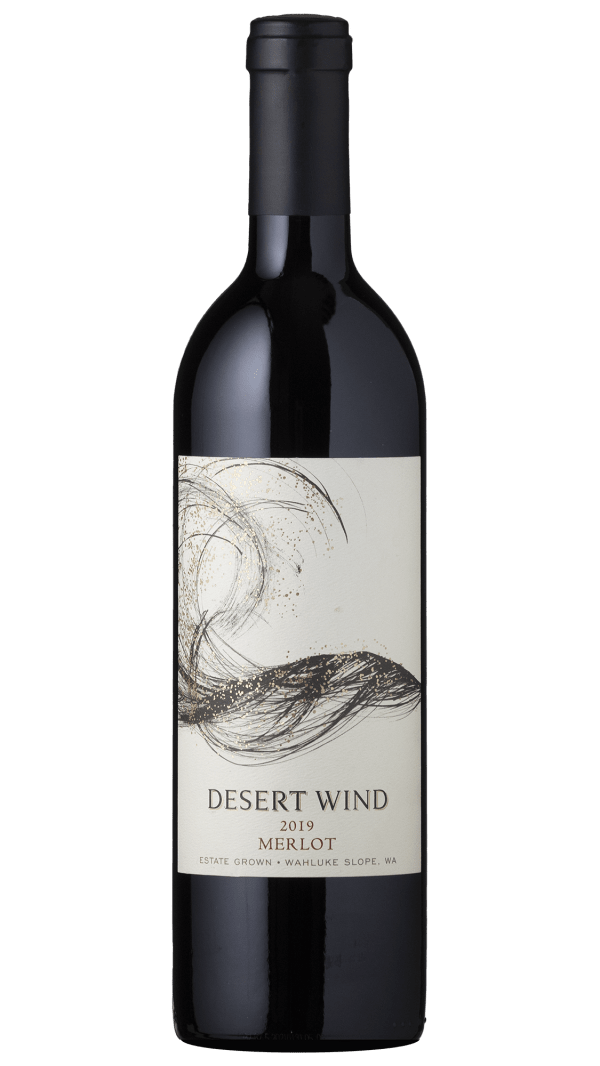Desert Wind Cabernet Sauvignon & Merlot
- Typically $18/bottle from Desert Wind Winery
- Vintage 2019 Merlot & Cabernet Sauvignon from the Wahluke Slope
- Available for AZ; CA; CO; CT; DC; FL; GA; IA; ID; IL; IN; KS; LA; MA; MD; ME; MI; MN; MO; MT; NC; ND; NE; NH; NJ; NM; NV; NY; OH; OK; OR; PA; RI; SC; SD; TN; TX; VA; VT; WA; WI; WV; WY
- Sold by participating winery or licensee, fulfilled by Wine Country Connect
About Desert Wind Winery: “Desert Wind’s legacy and acclaimed wines are rooted in family and our sun soaked Wahluke Slope AVA estate vineyard. Our philosophy on winemaking is simple: Start with grapes that show terrific potential and craft smooth, friendly, world-class wines you can drink every day. We’ve grown a lot since our first vines were planted in 1993, but one thing remains the same - our commitment to creating experiences that bring people together.”
Who's buying this?
How are you buying your bottles?
Ever lived in a desert?
-
Currently doCurrently do
-
Have in the pastHave in the past
-
NeverNever
-
I live in a dessertI live in a dessert
51 votes


